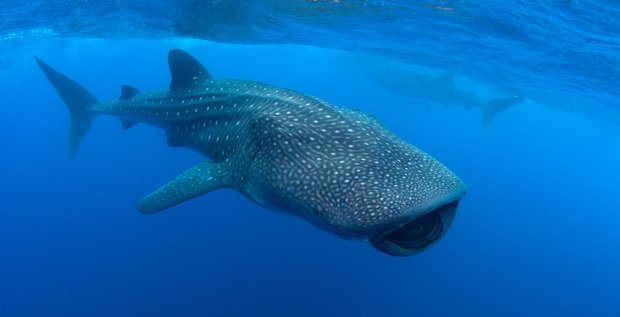Australian fossil findings result in deep dive of whale evolution
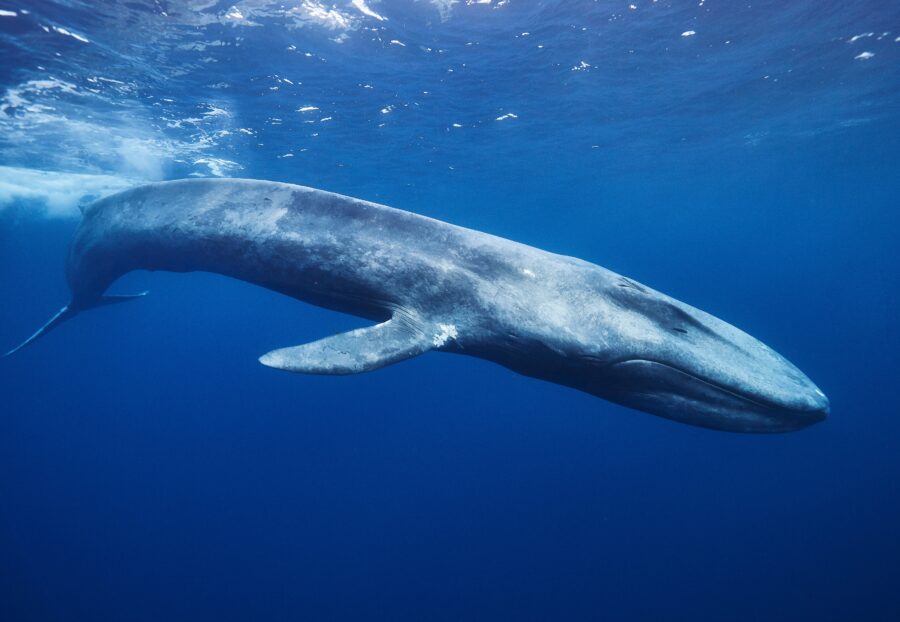
New research into the fossil, which has been cared for in the Museums Victoria collection since its discovery in 1921 by palaeontologist Francis Cudmore, reveals it to be far older than previously believed and from an animal that would have been 9m long.
Scientists previously believed baleen whales (Mysticeti), such as the blue whale (Balaenoptera musculus), evolved to an enormous size about 3 million years ago at the beginning of the Ice Age in the Northern Hemisphere.
The new findings from the Museums Victoria Research Institute reveal that this evolutionary leap in size happened as early as 20 million years ago – and in the Southern Hemisphere.
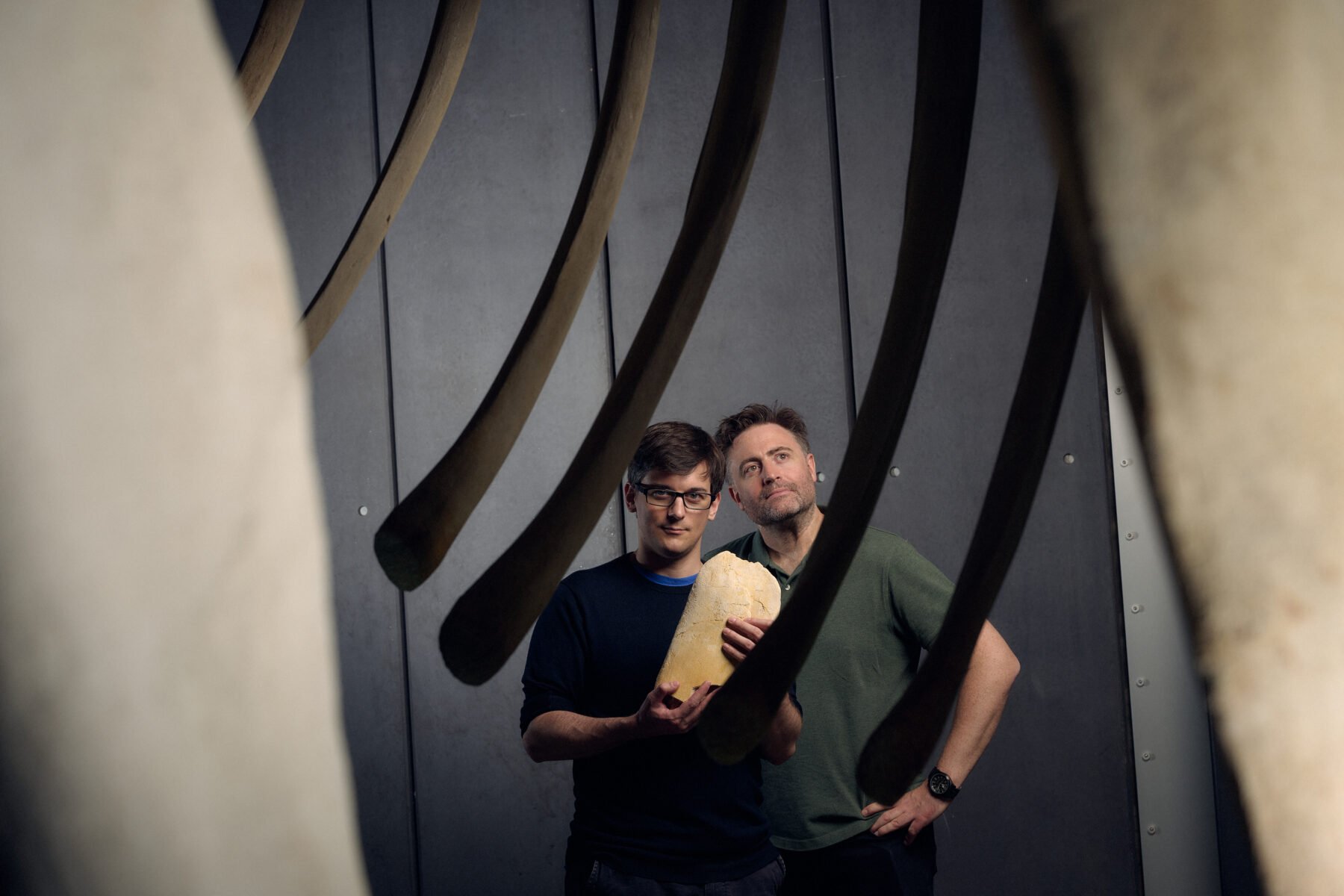
Palaeontologists Dr James Rule of Monash University and Natural History Museum London and Dr Erich Fitzgerald of Museums Victoria Research Institute co-authored the paper ‘Giant baleen whales emerged from a cold southern cradle’, published in the journal Proceedings of the Royal Society B.
The fossil – the front end of the lower jaw of an unusually large and ancient whale aged between 21 and 16 million years old – went unrecognised in the museum’s collection until about a decade ago when Dr Fitzgerald realised its significance as the largest baleen whale known to be alive during the Early Miocene period (between 23.3 and 16.3 million years ago).
According to Dr Fitzgerald, the new findings underscore the importance of Southern Hemisphere fossil records for understanding whale evolution, with previous ruling hypotheses being based on fossils primarily found in the Northern Hemisphere.
“A lot of what we know about the evolution of animals is based on fossils from the Northern Hemisphere, and what we are finding is that if you include just one fossil from the Southern Hemisphere, it completely ruins some of the long-held theories and stories,” he said.
“The Southern Hemisphere, and Australia in particular, have always been over-looked frontiers for fossil whale discovery. Fossil whale finds in the South, like the Murray River whale, are shaking up the evolution of whales into a more accurate, truly global picture of what was going on in the oceans long ago.
“This fossil from Australia, as well as some fossils from Peru and other parts of South America, show us that whenever you get a large whale on the fossil record, it was always in the Southern Hemisphere, and it wasn’t until later in the evolution that whales became big in the Northern Hemisphere.”
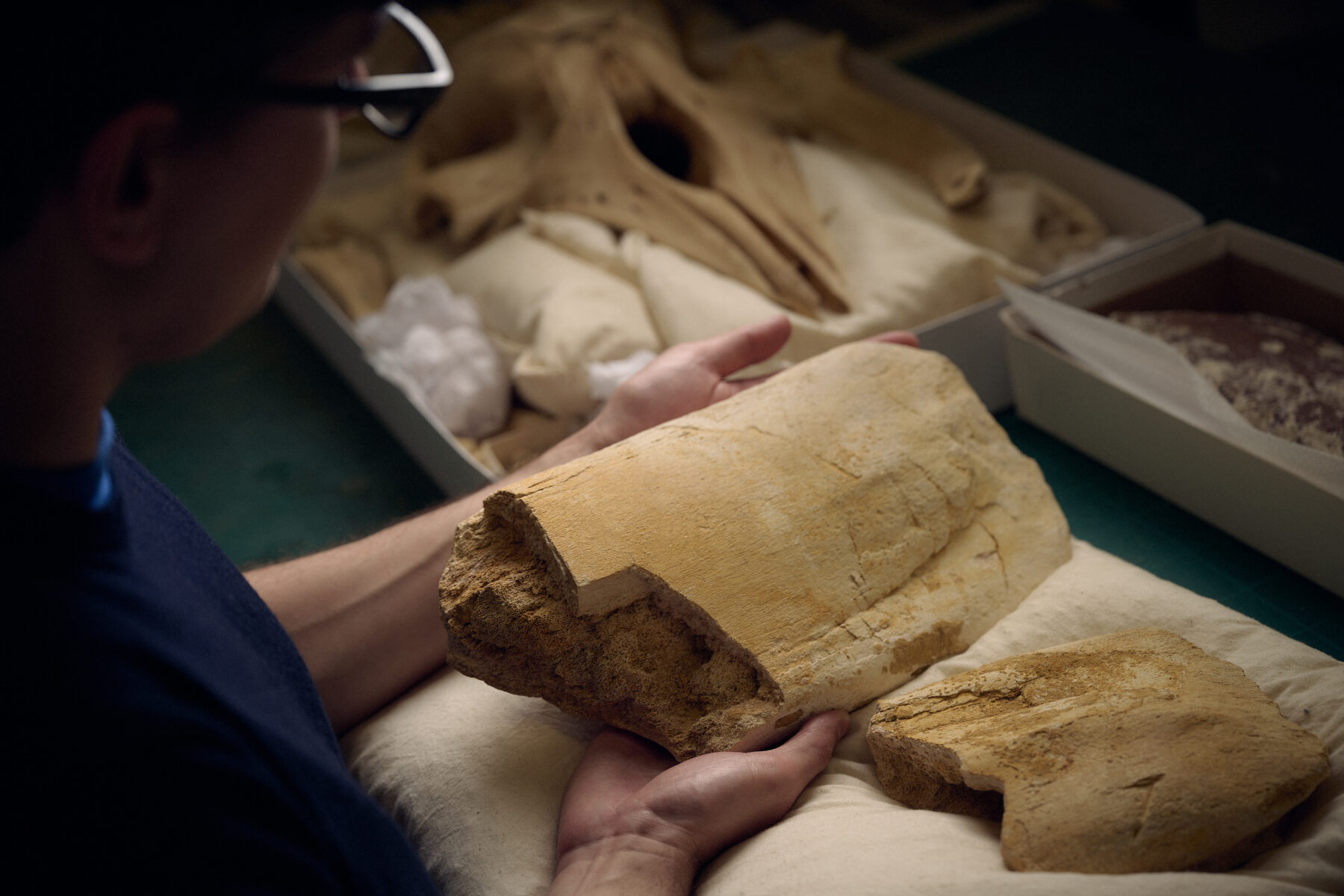
Through their research, Dr Rule and Dr Fitzgerald discovered that the tip of the baleen whale’s jaw is scalable with its body size, which is how they estimated the length of their fossil baleen whale to be about nine metres.
“The largest whales alive today, such as the blue whale, reach the length of a basketball court,” Dr Rule said. “Around 19 million years ago, the Murray River whale, at nine metres long, was already a third of this length. So, baleen whales were well on their way to evolving into ocean giants.”
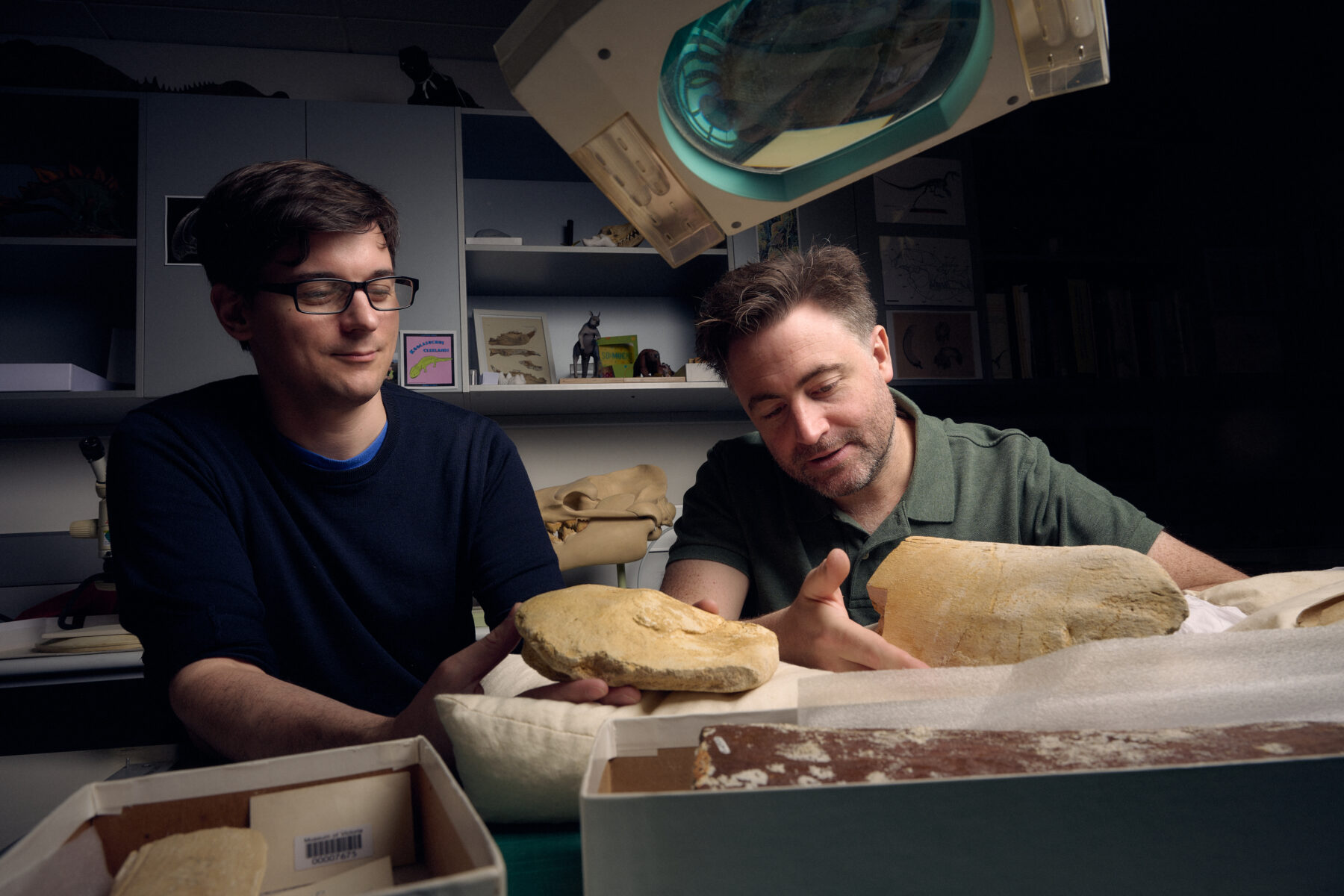
Dr Rule said the next step is understanding why baleen whales evolved to their colossal size in the Southern Hemisphere.
“Our results don’t directly reveal the answers to that, but we can make some educated speculations,” he said. “We know that the Southern Ocean is the most productive part of the world’s oceans and is therefore home to the greatest biomass of what we call ‘marine megafauna’.”
According to Dr Rule, this productivity is driven by the Antarctic Circumpolar Current, which creates a supercooled and salty environment, allowing an upwelling of nutrients and, therefore, the emergence of potential prey such as krill.
“Whales have perhaps evolved to be huge to enable them to get to those hugely productive patches of plankton and then evolve larger and larger in size to consume vast quantities of krill and other zooplankton efficiently,” he explained.
